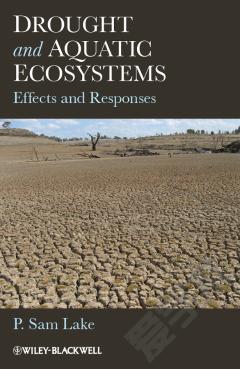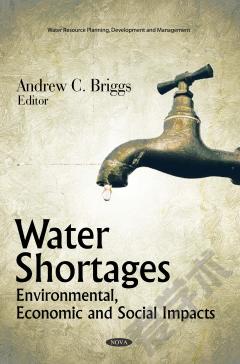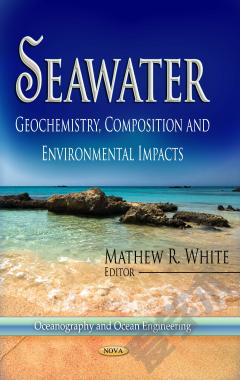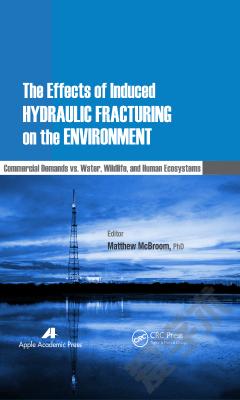Aquatic Ecosystems: Influences, Interactions and Impact on the Environment
The seagrass meadows of the Northeast Coast of Brazil have the greatest area, biomass, biometrics and diversity of the Brazilian Coast. In this region, the seagrass diversity and plasticity may vary due to differences in environmental factors. Some natural aspects of the coastal environment or that which affect the coastal zone, mainly climatic (seasons of rains and winds) and geomorphological (bathymetry and substrate type), cause variations in seasonality and plasticity of the species, respectively. Chapter One in this book on aquatic ecosystems summarizes the available information concerning how seagrass vary along the Northeast Coast of Brazil, as well as other ecological information. Chapter Two presents a brief historical overview of biological indicators, considering the assessment of water quality through microalgae from an environmental perspective and their role as natural bioindicators of the effects of eutrophication. Chapter Three provides a mixing zone analysis of surface brine discharges in coastal waters. Chapter Four studies the effect of low salinity on intertidal blue mussels from the White Sea.
{{comment.content}}








 京公网安备 11010802027623号
京公网安备 11010802027623号